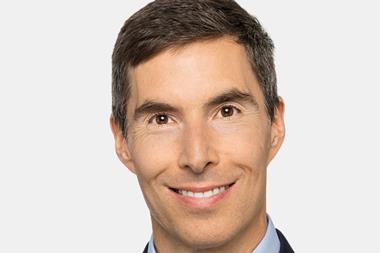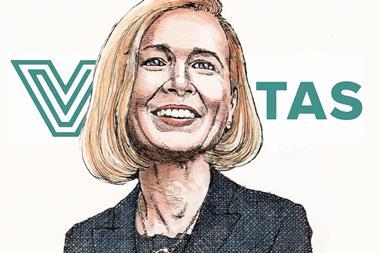GLOBAL – A study by Morgan Stanley suggests that hedge funds can reduce pension fund risk as part of a “holistic” approach to risk budgeting.
“In the current low return environment, it is important that investors realize the maximum possible return given the risks taken,” say Bryan Boudreau and Joan Ka-Wai Tse in Morgan Stanley’s Global Pensions Quarterly.
“This requires careful identification of investment objectives, return sources used to achieve these objectives, and the combination of exposures that can best optimize a given ‘risk’ budget.”
They add that, “The period ahead will be characterised by a move away from this ‘one-size-fits-all approach’ of high equity allocations.”
The study proposes a “framework” for setting asset allocation policy “to achieve proper balance between required return and surplus risk”.
It used a hypothetical 10 billion-dollar US defined benefit plan, and found that around 80% of its total risk budget is due to equity and interest rate components, or just two “bets”. “Is the plan getting regarded appropriately to take these bets?” the authors ask.
“The case for holding equity may be weaker going forward,” they note, citing accounting rules and moves to increase transparency. And they argue that the equity return premium “may be lower than has been experienced historically”.
They propose changing asset allocation from 70/30 equities bonds to 50/40/10 equities, bonds and hedge funds – after increasing duration via overlay.
“By design, we have preserved expected asset return at 7.0%. But resulting surplus risk budget has now been reduced to 10.4%, representing more than a 20% reduction over the prior_13%.”
The move away from a ‘one-size-fits-all’ approach is clearly underway, particularly for pension funds,” the report concludes. “Asset allocations will increasingly be set in a framework that considers the particular facts and circumstances for the pension plan and the corporate plan sponsor.”













No comments yet